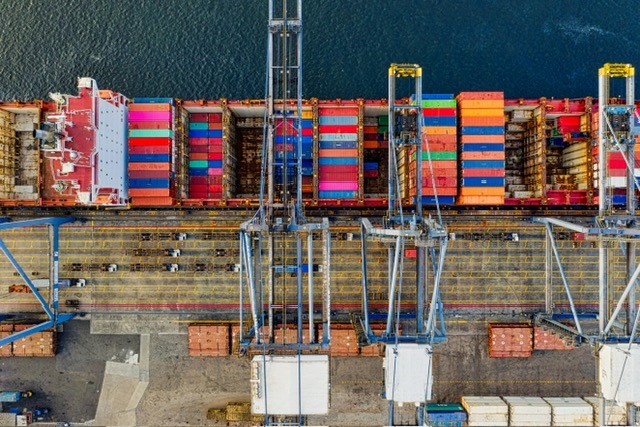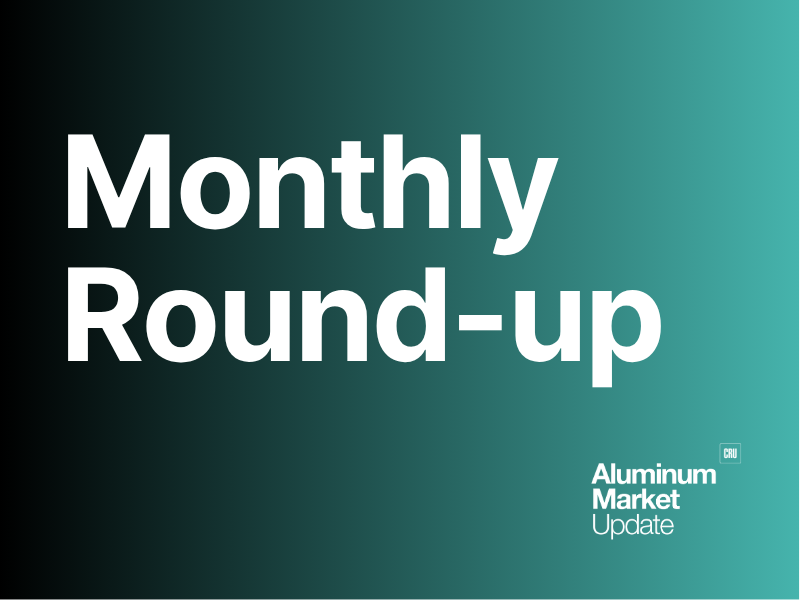Global Trade

May 16, 2025
The downside of the US-China tariff rollback: Container lines’ price hikes
Written by Greg Wittbecker
A many stakeholders felt relieved when the US and China agreed to roll back their respective import duties for 90 days.
The hiatus on Chinese exports to the US during May created some gaps in the supply chain and this will need to be made up. We are also on the cusp of the traditional peak Trans-Pacific season of July to September, when Chinese exporters are pushing goods to the US for the Christmas season. We may also see some further front-end loading by US importers before the end of the 90-day rollback in import duties.
Some industry analysts believe the combination of catch-up from the May gap, normal seasonal surge volume, and this front-end loading could trigger a repeat of post-Covid freight conditions where capacity was strained and pricing went through though the roof.
The container lines operating in this shipping lane were quick to respond to the expected surge in freight demand. Most of the major carriers announced $1,000-$2,000 surcharges per 40-foot containers. These containers typically can handle 36 metric tons of aluminum products, allowing for blocking and bracing. That means that the surcharge will add between $27-$55 per metric ton of cost to shippers. That is about $0.025 per pound on top of published tariff rates – which are also set to rise.
Under US Federal Maritime Commission regulations, carriers must announce price changes 30 days before they go into effect. Several carriers announced a May 15 general rate increase (GRI) on transpacific eastbound shipments. This GRI would be the first price increase that is expected to stick since the beginning of 2025.
ONE announced a $1,000 per 40ft GRI on Thursday, while CMA CGM, Yang Ming and Zim have $2,000 per 40-foot GRIs increases. Cosco, HMM, Hapag-Lloyd and Evergreen’s GRIs are set at $3,000.
Compounding the situation, all carriers have announced additional GRI for June 1 ranging from $1000 to $3,000 per 40-foot container. Four of the eight carriers have gone for the top end of the scale.
This means that shippers are going to have to absorb the surcharge of $2,000 + the GRI of May 15 of up to $3,000 + the GRI of June 1 of up to $3,000 = a total of $8,000 per 40-foot container in 45 days. In aggregate, which amounts to $0.10 per pound on aluminum products!
Another challenge to off-shoring
OEM sourcing offshoring were already rotating decisions toward Mexico in the aftermath of the post-Covid experience. These increases in transpacific freight may hasten those decisions.
However, Mexico as a bridge to “home-sourcing” remains fraught with risk as Mexican manufacturing capabilities must be aligned with the focus on USMCA-compliance.
OEM considering Mexico as the logical alternative to Asia now must gain confidence that their Mexican manufacturing partners can comply with the requirements of minimum USMCA origin component content. Otherwise, Mexican origin manufactured goods could be ensnared in the International Emergency Economic Powers Act (IEEPA) 25% tariff covering all Mexican imports.
This underscores the new due diligence being done by OEM operating in the maquiladoras of Mexico (Industria Manufacturera, Maquiladora y de Servicios de Exportacion) to determine if firstly their existing supply chains DO comply with US-Canada or Mexican domestic raw materials; or secondly the OEM must begin to source aluminum ex the US-Canada or boost Mexican domestic aluminum purchases.
The days where US OEM can play domestic sheet mills and extruders off against Asian suppliers appear imperiled due to the Section 232 duties plus these steep freight rate increases. Leverage in Mexico now pivots around compliance with USMCA standards or least that is gone as a bargaining chip.
Why it matters
There is still a great deal of angst around US domestic aluminum demand taking a hit as inflation increases and consumer spending is reduced. However, the need to move aluminum purchasing to the US for Mexican maquiladora manufacturing may provide a much-needed cushion against the risks of domestic softening.







